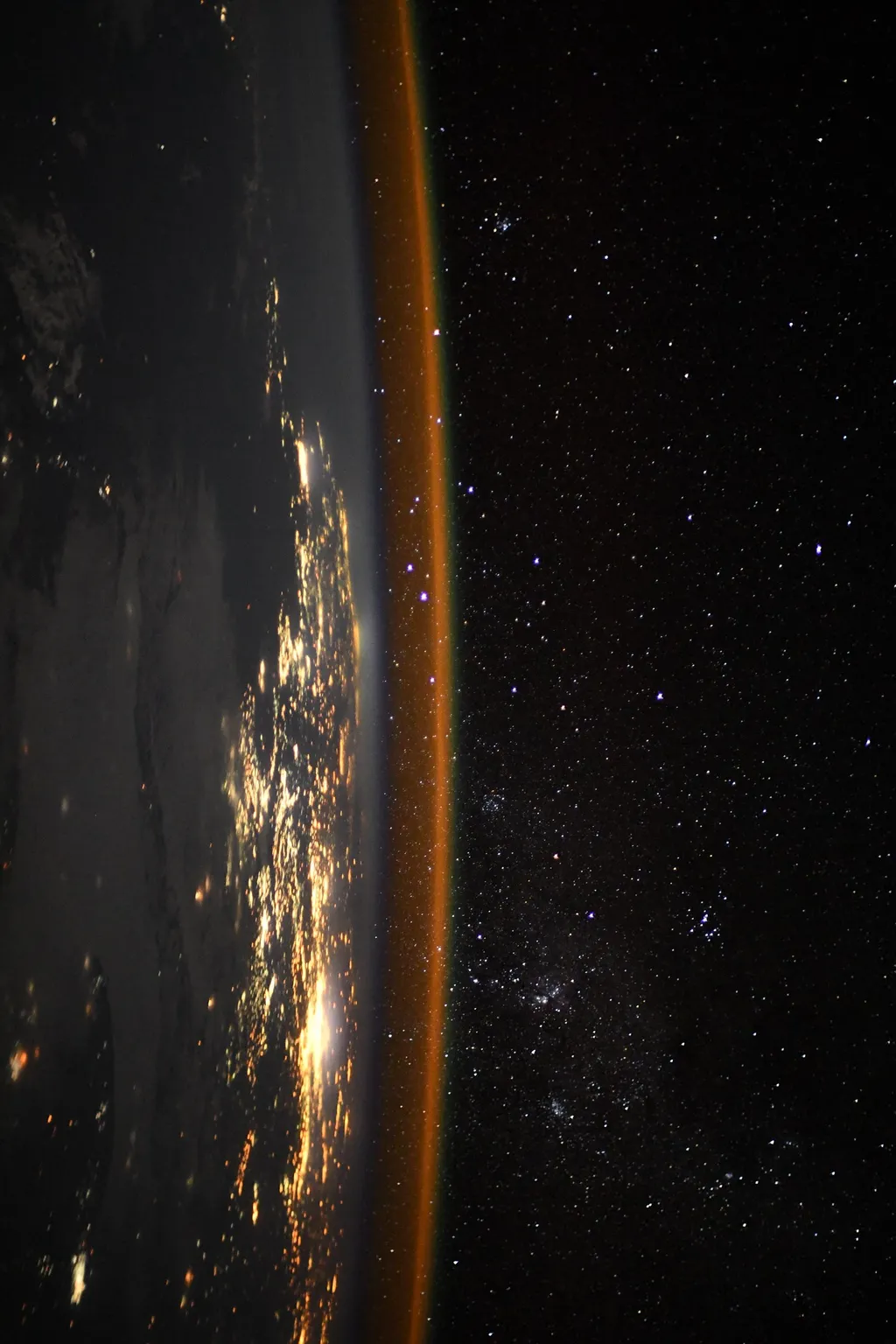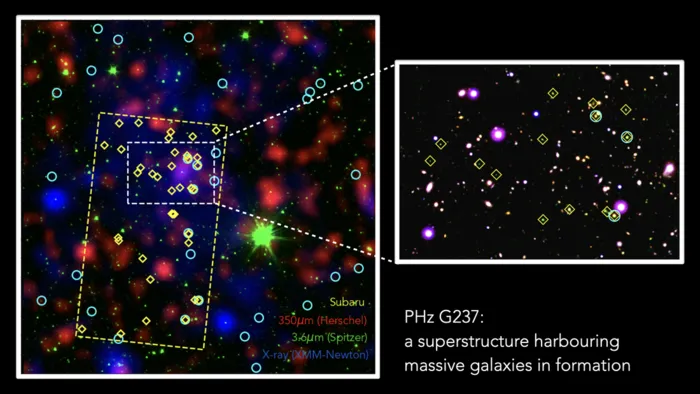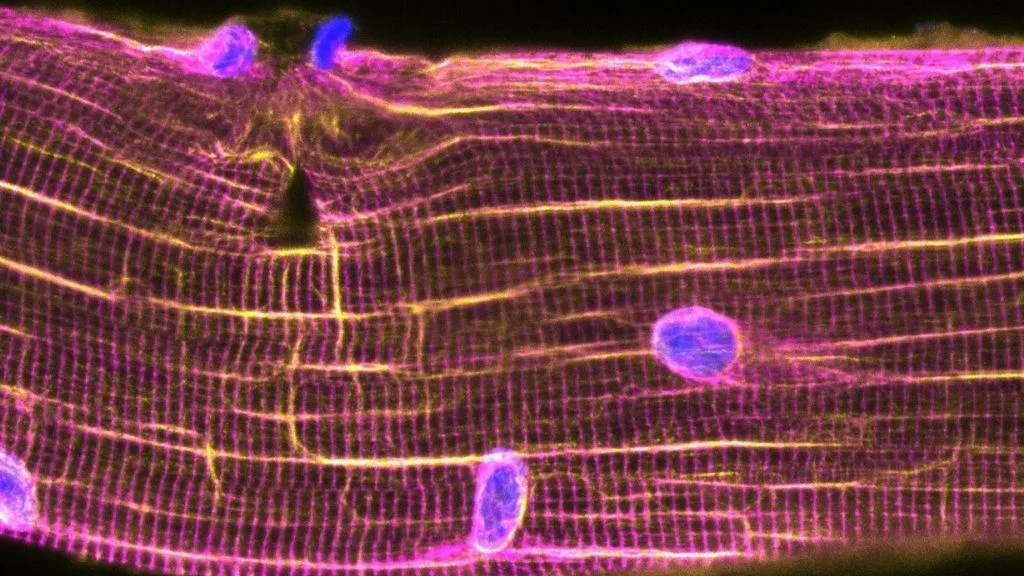
Then I recalled that, from space, that angle is about right ... as would be any angle in fact ...

Among my most cherished experiences is witnessing 3 or 4 (they blend together) Space Shuttle launches, daytime and nighttime, when we were in Florida. Now, living in Tsukuba, home to the Japanese Space Program, we know lots of space people. Our friends at our house this last weekend were a couple, rocket and satellite engineers, who live here. She believes that UFOs really may be from other planets (because of their excellent engineers!)

Gassho, J
STLah









Leave a comment: